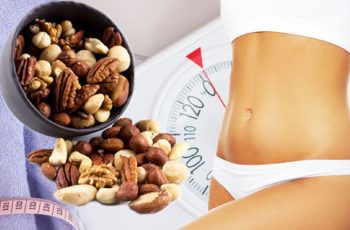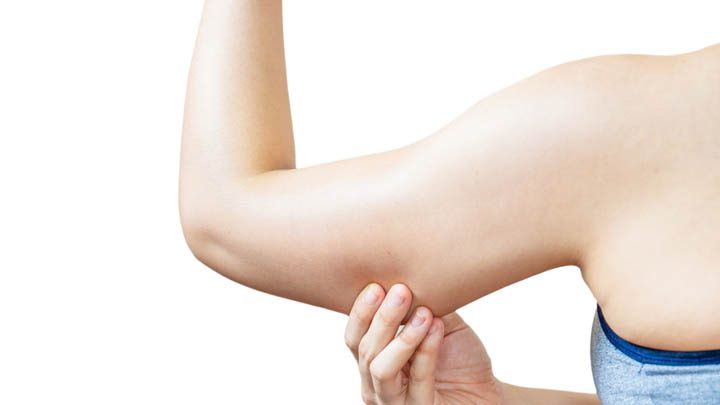
You’re eating right and exercising regularly, but you’re still not seeing the results you want. You may be losing weight, but you’re also losing muscle mass, which can leave you feeling weak and looking flabby. If this sounds familiar, don’t despair. There are a few things you can do to shed those last few pounds of fat and build lean muscle.
Gaining Flab Despite Losing Weight
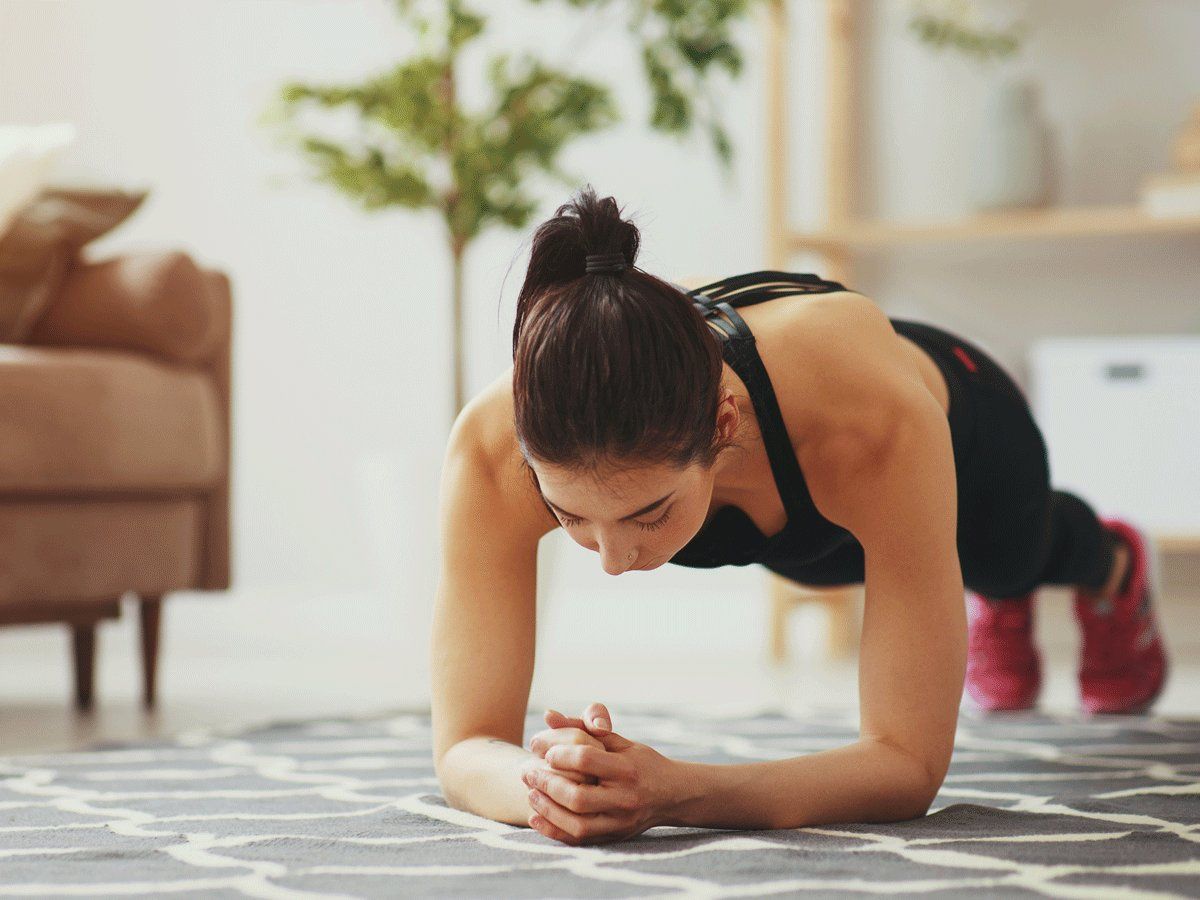
1. Incorporate strength training into your workout routine
If you’ve been focusing exclusively on cardio, it’s time to add some strength-training to your workouts. Lifting weights not only helps build lean muscle, but it also boosts your metabolism and helps you burn more fat. Aim for two or three days of strength training each week, and make sure to focus on all major muscle groups.
2. Cut back on cardio
You may think that the more cardio you do, the more weight you’ll lose. But if you’re doing too much, it can actually have the opposite effect by causing your body to hold onto fat. Try cutting back to three or four days of cardio per week and see if that makes a difference.
3. Increase your protein intake
If you’re not getting enough protein, your body will start breaking down muscle for energy, which can lead to weight gain instead of loss. Make sure you’re eating enough lean protein—think chicken, fish, tofu, legumes—to fuel your workouts and help your body recover afterward. A good rule of thumb is to consume 0.36 grams of protein for every pound of body weight (so if you weigh 150 pounds, you should be eating 54 grams of protein per day).
4. Eat more healthy fats
Fats get a bad rap, but they’re actually an essential part of a healthy diet—especially if you’re trying to lose weight. Healthy fats help promote satiety (so you feel fuller longer), they support heart health, and they provide the building blocks for cell membranes and hormones (which play a role in metabolism). Just be sure to stick with healthy fats like olive oil, avocado, nuts, and seeds instead of processed junk food masquerading as “fat-free.”
5. Try intermittent fasting
Intermittent fasting is a popular weight-loss strategy that involves restricting your eating window to eight hours or less each day while still consuming the same number of calories overall. This type of fasting has been shown to help boost metabolism and promote fat loss while preserving muscle mass (unlike traditional calorie restriction diets).
To try intermittent fasting, simply skip breakfast and push lunch back a few hours later than usual; then eat dinner as normal. Just be sure not give in to temptation by snacking outside your designated eating window—no matter how hungry you are!
I Lost Weight and My Stomach is Flabby
You’ve finally done it. You’ve stuck to your diet, you’ve hit the gym hard, and you’ve lost the weight you’ve been wanting to lose for years. Congratulations! But now you’re faced with a new problem: a flabby stomach.
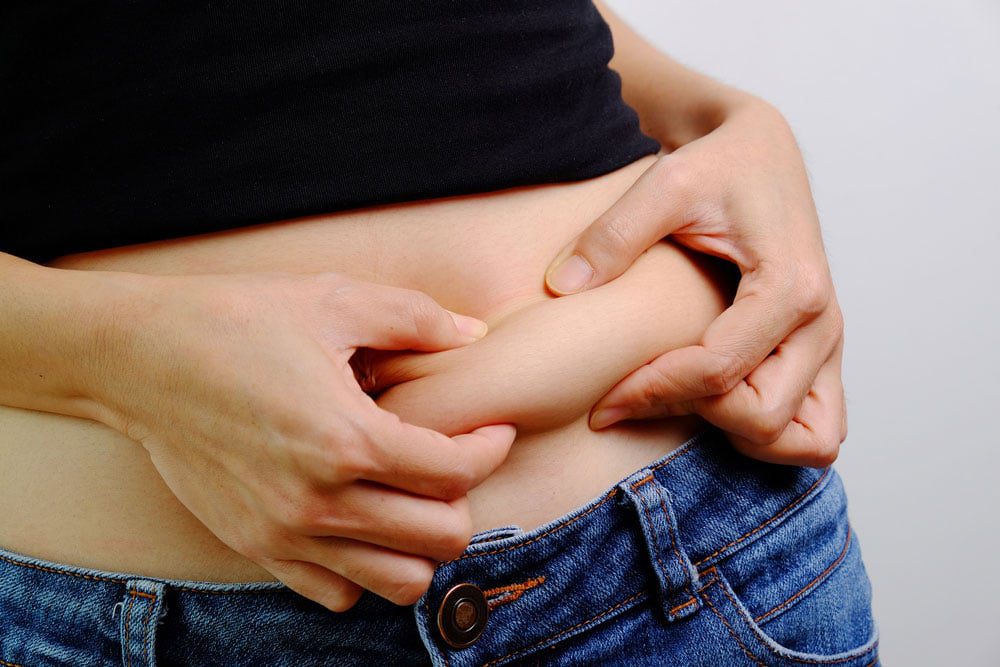
First things first: don’t freak out. It’s totally normal to have a little bit of loose skin after losing a lot of weight. In fact, it would be more abnormal if you didn’t have any loose skin! The best thing you can do is give yourself some time to adjust to your new body. In the meantime, there are a few things you can do to help tighten up your stomach.
One easy way to tightening up your stomach is to start doing some core exercises. Crunches, sit-ups, and other ab exercises will help build up the muscles in your stomach, which will in turn help tighten the skin around those muscles. Even better, these exercises don’t require any special equipment or expensive gym memberships—you can do them right at home!
Another way to deal with loose skin is to try dry brushing. Dry brushing is exactly what it sounds like: using a brush with stiff bristles to brush your skin in a circular motion, always moving towards your heart. Dry brushing not only feels amazing, but it also helps improve circulation and promote cell turnover, both of which can help tighten loose skin. Just be sure to use a gentle touch; you don’t want to irritate your skin!
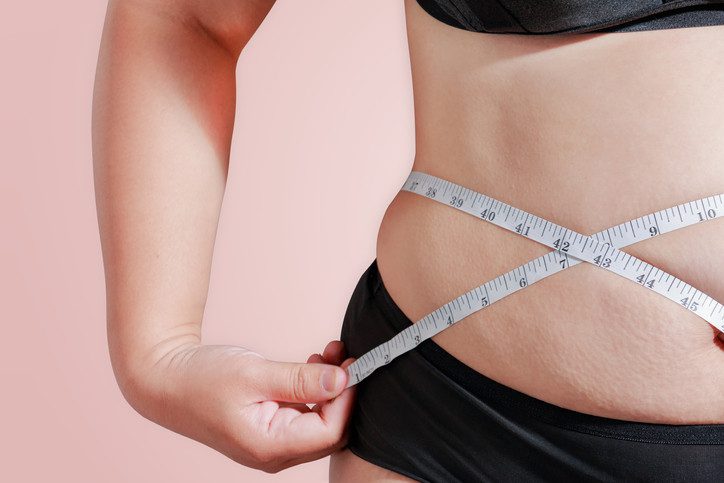
Why is My Fat So Loose?
There are a few different reasons why your fat might be loose. First, if you’ve recently lost weight, then it’s common for your skin to not bounce back as quickly as the rest of your body. This can result in loose, saggy skin. Additionally, if you’ve gained weight quickly or have been carrying around extra weight for a long time, then this can also cause your skin to stretch out and become loose.
Another common cause of loose fat is age. As we age, our skin becomes less elastic and more prone to sagging. So, even if you’re at a healthy weight, you may still notice some looseness in your skin as you get older. Finally, pregnancy can also cause your skin to become loose due to the added weight and stretching that occurs during pregnancy.
Tighten Flabby Stomach
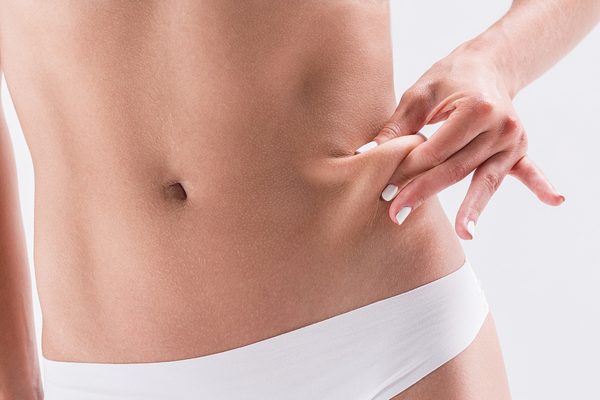
The first step is to start watching what you eat. Just as your muscles need exercise to stay toned, your stomach also needs the right fuel to stay tight. Eating a healthy diet consisting of lean protein, vegetables, and whole grains will help give your stomach the nutrients it needs to stay strong. In addition, cutting out sugary drinks and processed foods will also help reduce stomach fat.
In addition to watching what you eat, you also need to make sure you’re getting enough exercise. Exercise not only helps burn calories, but it also helps tone your muscles. A combination of cardio exercises (such as walking, jogging, or cycling) and strength-training exercises (such as lifting weights or doing sit-ups and crunches) is ideal for tightening your stomach. Aim for at least 30 minutes of exercise most days of the week.
4 Sagging Tummy Tightening Exercises
1. The Pilates Hundred
This move is a staple in Pilates classes for good reason – it works! The Hundred targets the transverse abdominis, which is the deep stomach muscle that helps pull your waist in and gives you a flatter tummy. To do the move, lie flat on your back with your legs in the air and arms by your sides. As you inhale, raise your head and shoulders off the ground and bring your arms up to parallel with your legs. Pump your arms up and down (counting to 100) as you simultaneously lift your legs up until they’re perpendicular to the ground.
Be sure to keep your abs pulled in tight the entire time. As you exhale, lower everything back down to the starting position.
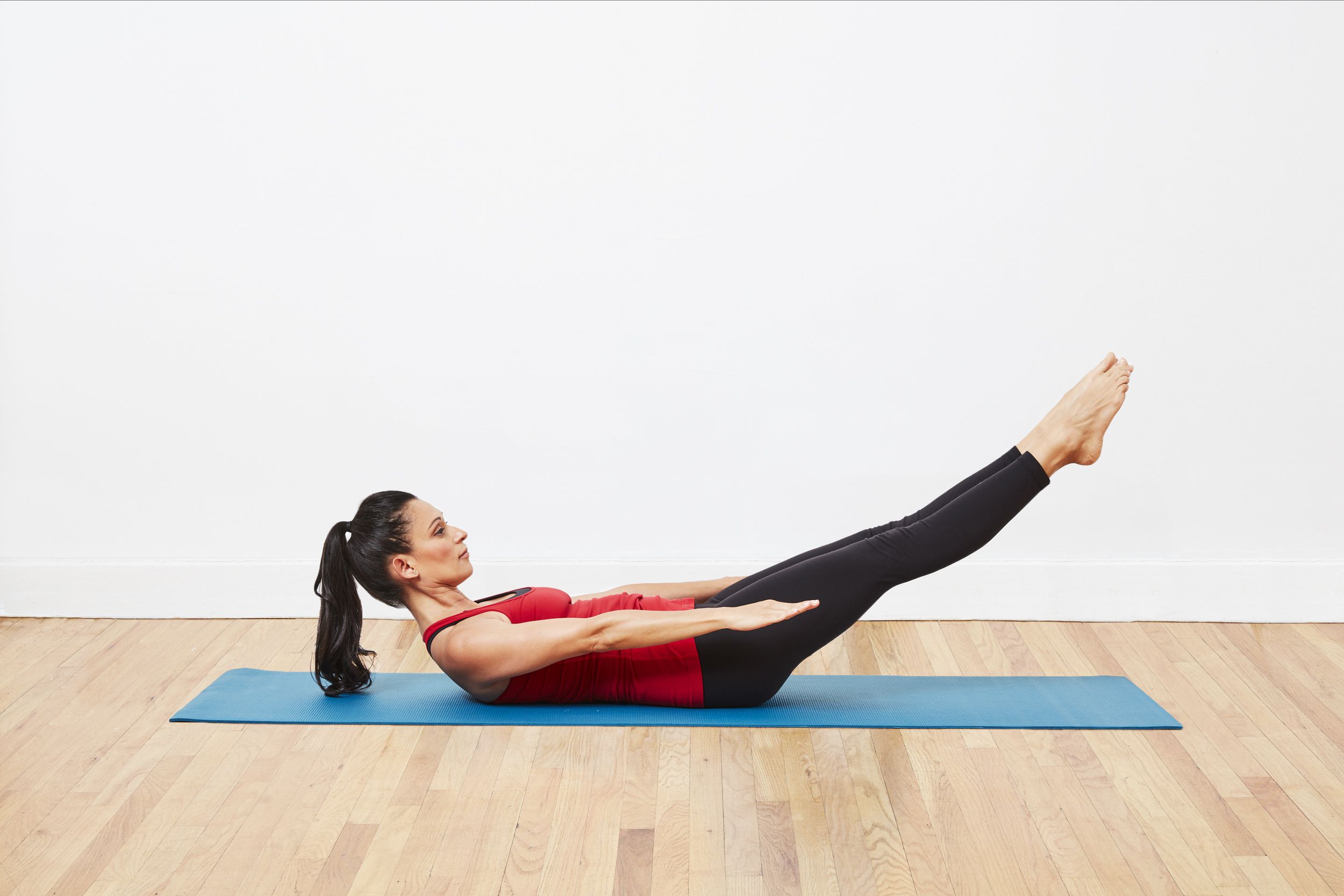
2. Reverse Crunches
Reverse crunches are another great exercise for toning your tummy muscles. To do them, lie flat on your back on the ground or on an exercise mat with your legs in the air and your knees bent at a 90-degree angle. Place your hands on the ground beside you for stability, then use your abs to curl your hips off the ground as you bring your knees toward your chest. Reverse direction by uncurling your hips and extending your legs back out to the starting position. That’s one rep; aim for 2-3 sets of 12-15 reps each.
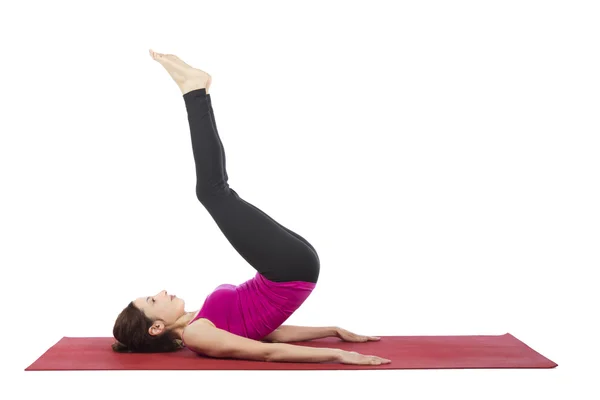
3. The Plank
The plank is a classic core move that works both the abs and stabilizing muscles around the spine. To do it, get into pushup position with your palms flat on the ground beneath you and feet hip-width apart, then lower down onto your forearms so both elbows are at 90 degrees. Tuck your toes under so only your forearms and toes touch the ground, then hold this position for as long as possible without letting either hip dip down toward the ground or arching up toward the sky – aim for 30 seconds to start. As you get stronger, try holding for 60 seconds or longer per set.
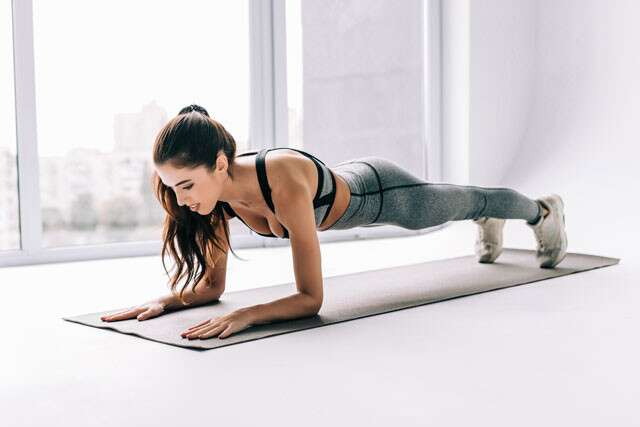
4. Seated Russian Twists
This move is perfect for toning those hard-to-target oblique muscles that result in love handles or muffin top bulges around the sides of the waistline. Start by sitting on an exercise mat with both legs bent in front of you and lean back so only your mid-back touches the ground – be sure not to let yourself slouch forward or round through the back at any point during this move. Hold both hands together out in front of you at chest height, then twist from side to side, moving only from the waistline – don’t let yourself arch forward or backward as you twist; keep everything else stable throughout.
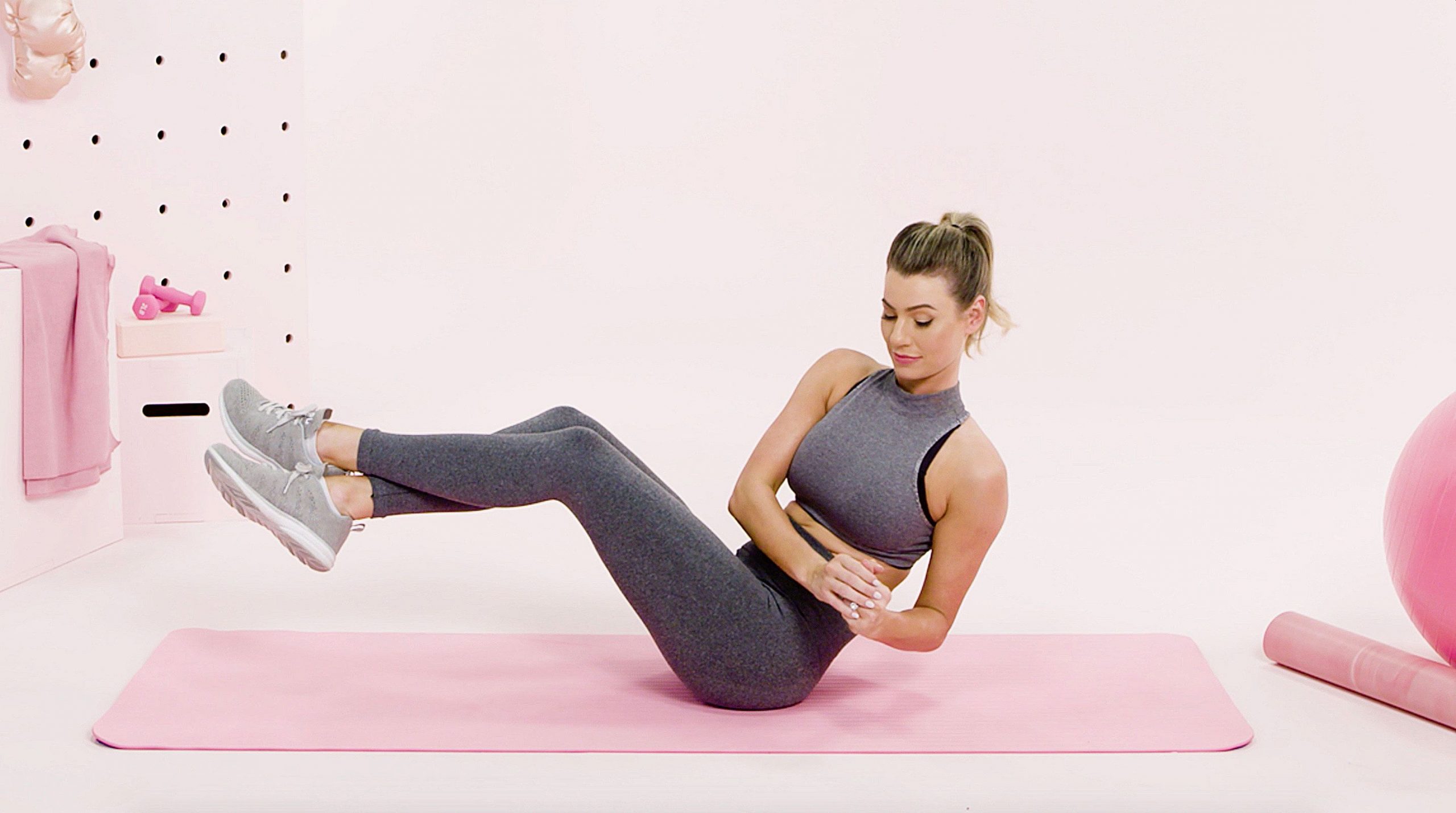
Conclusion
Overall, a sagging stomach can be prevented and reversed by eating a healthy diet, getting regular exercise, and doing specific strengthening exercises. By following these tips, you can achieve a tight, toned stomach in no time!
Frequently Asked Questions (FAQs)
Why is My Belly Fat So Soft After Losing Weight?
Skin often returns to normal size when you lose weight. However, if it has been overstretched or isn't elastic enough, the loose skin that is left over after weight loss could easily be mistaken for "squishy fat" - especially if your skin was already tense from carrying the extra weight.
Why Does My Belly Fat Feel Softer?
90% of body fat in most people is subcutaneous, or fat that is found in a layer just below the skin. Subcutaneous fat is the soft fat you feel when you poke your tummy. Visceral or intra-abdominal fat, the remaining 10%, is hidden beneath the strong abdominal wall.
Does Fat Become Loose When Losing Weight?
Scientists claim that fat cells never truly vanish. The size of the fat cells lowers or diminishes as a person loses weight. Contrary to what some individuals might think, they do not "burn" away.
Where Does Fat Go When You Lose Weight?
As their contents are used for energy during weight loss, fat cells get smaller in size, but their overall number doesn't change. Carbon dioxide and water are waste products of fat loss that are eliminated through breathing, urinating, and sweating.




